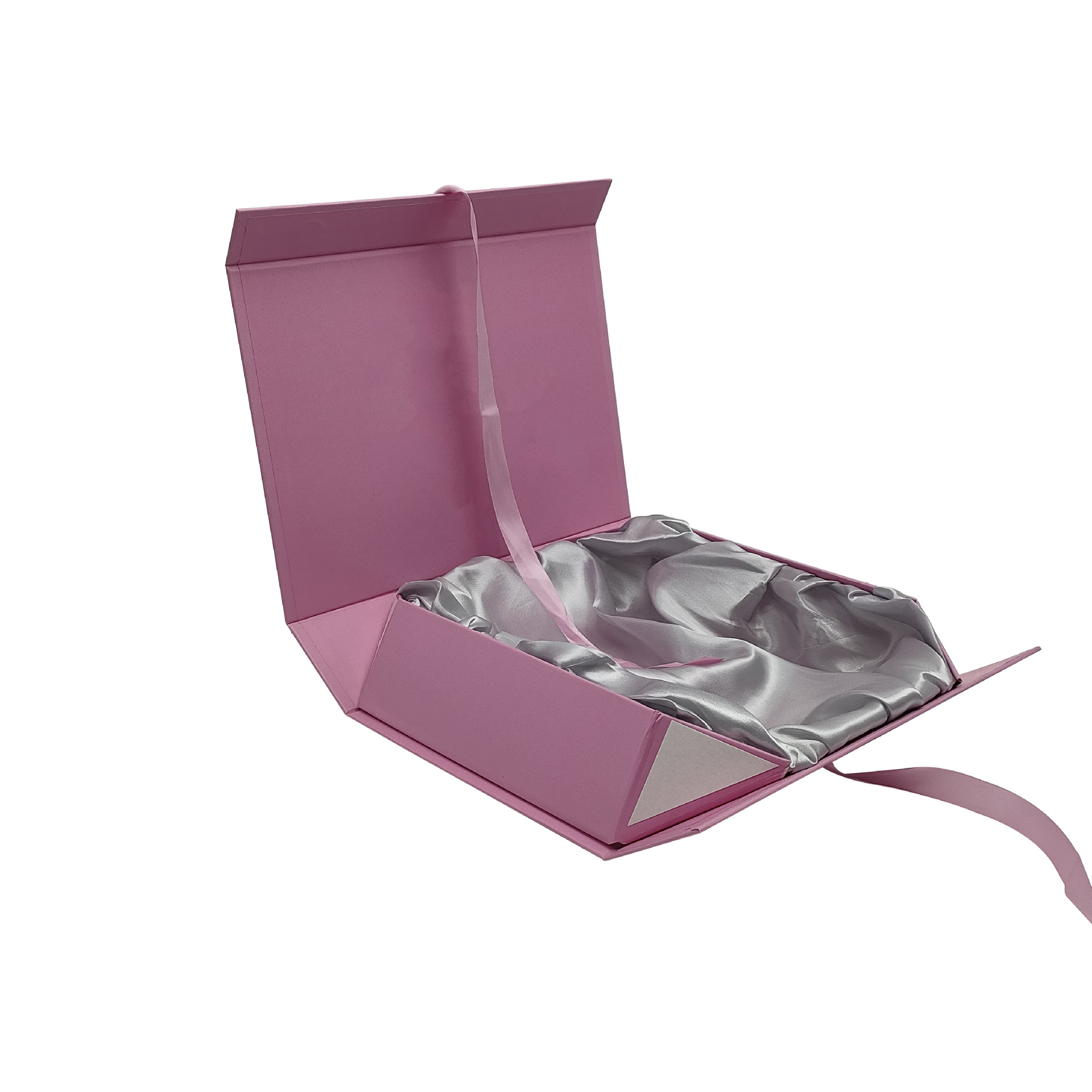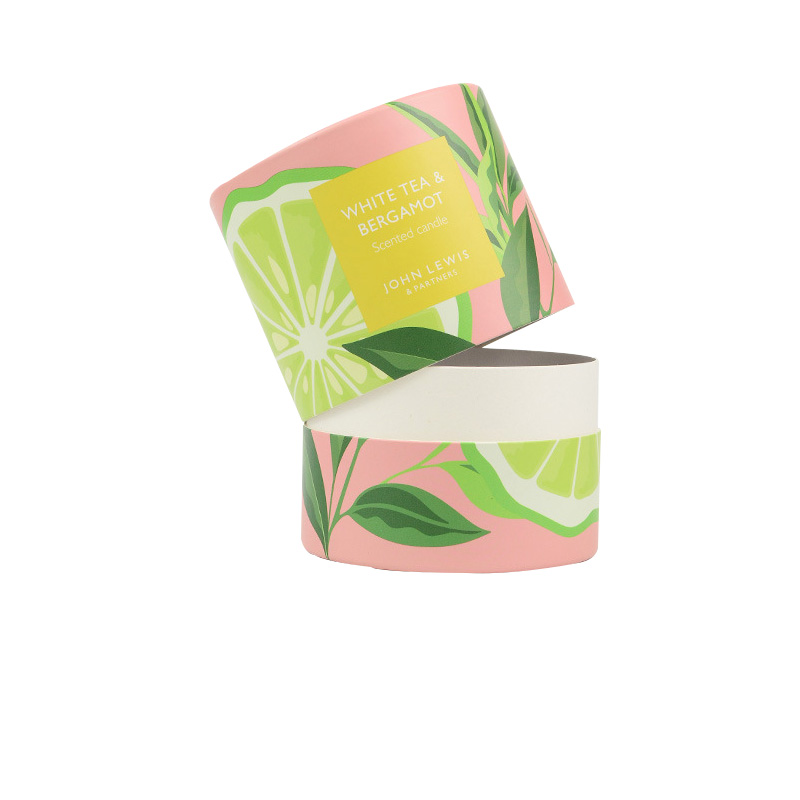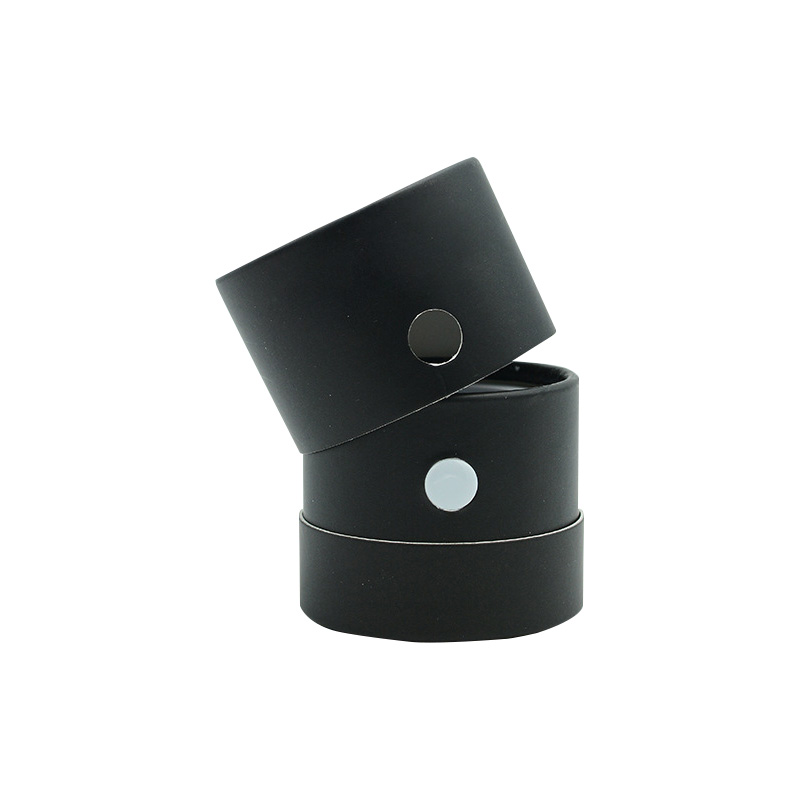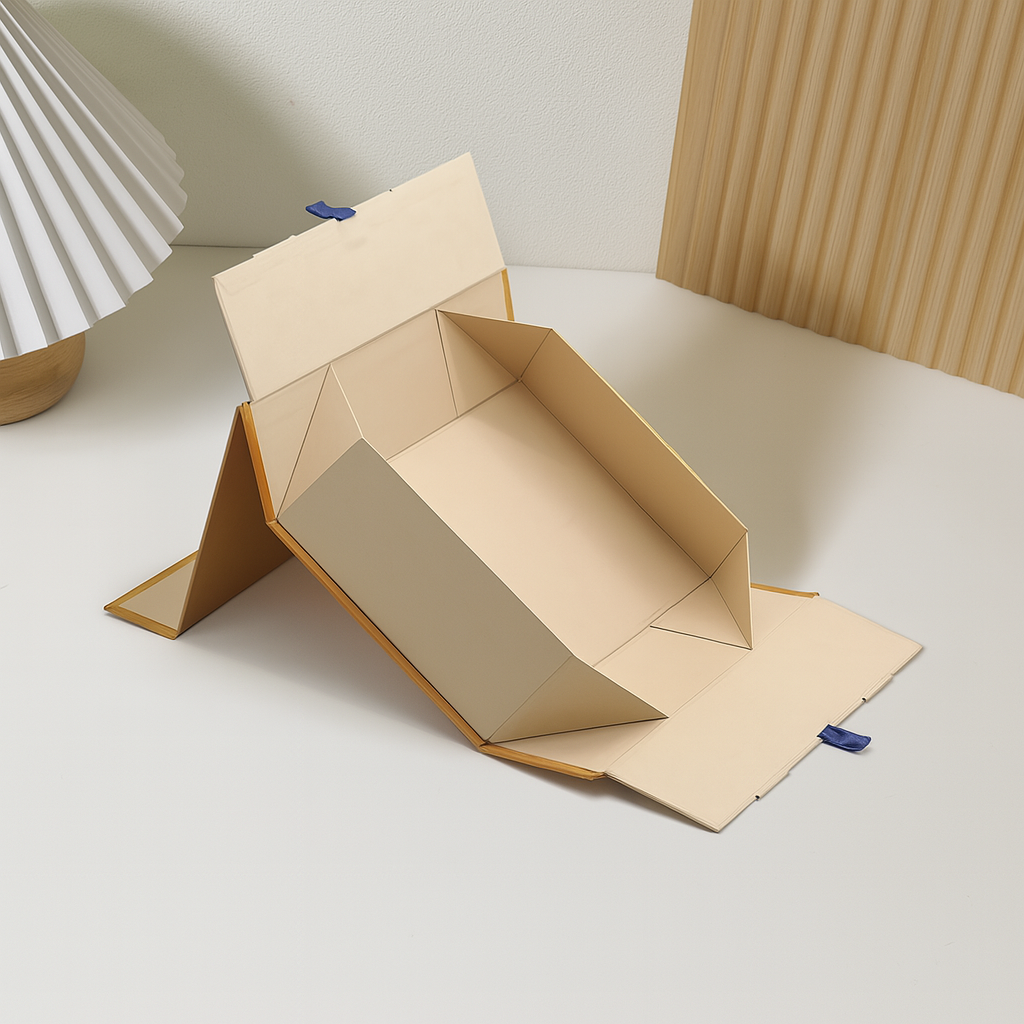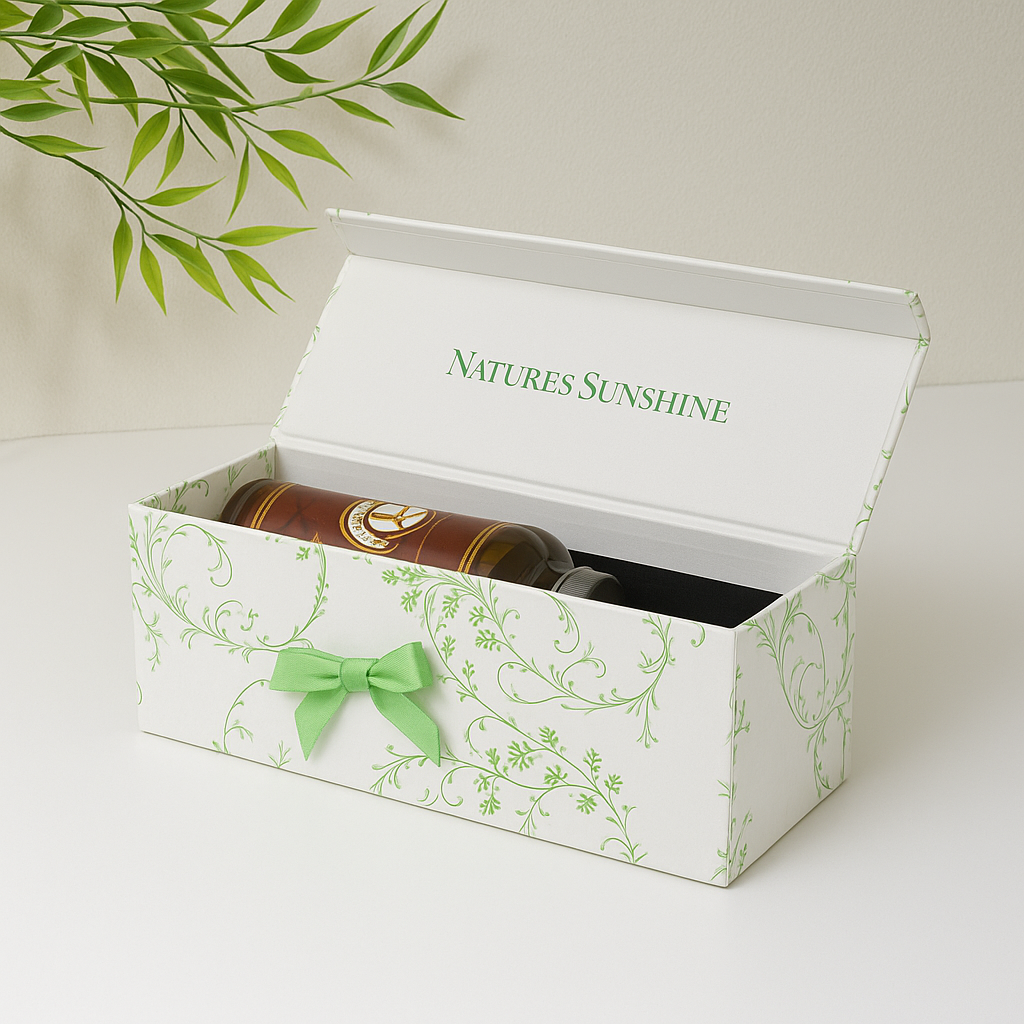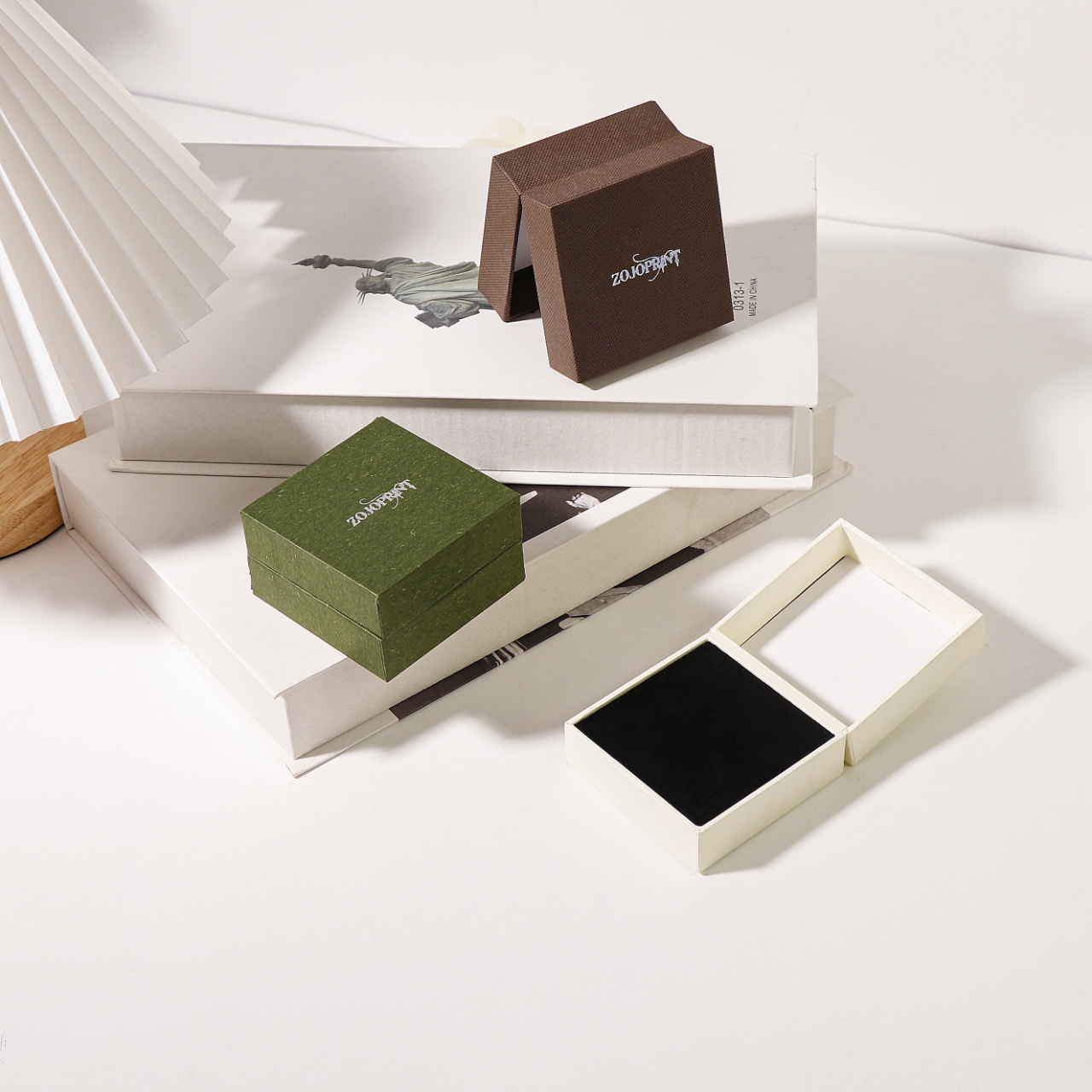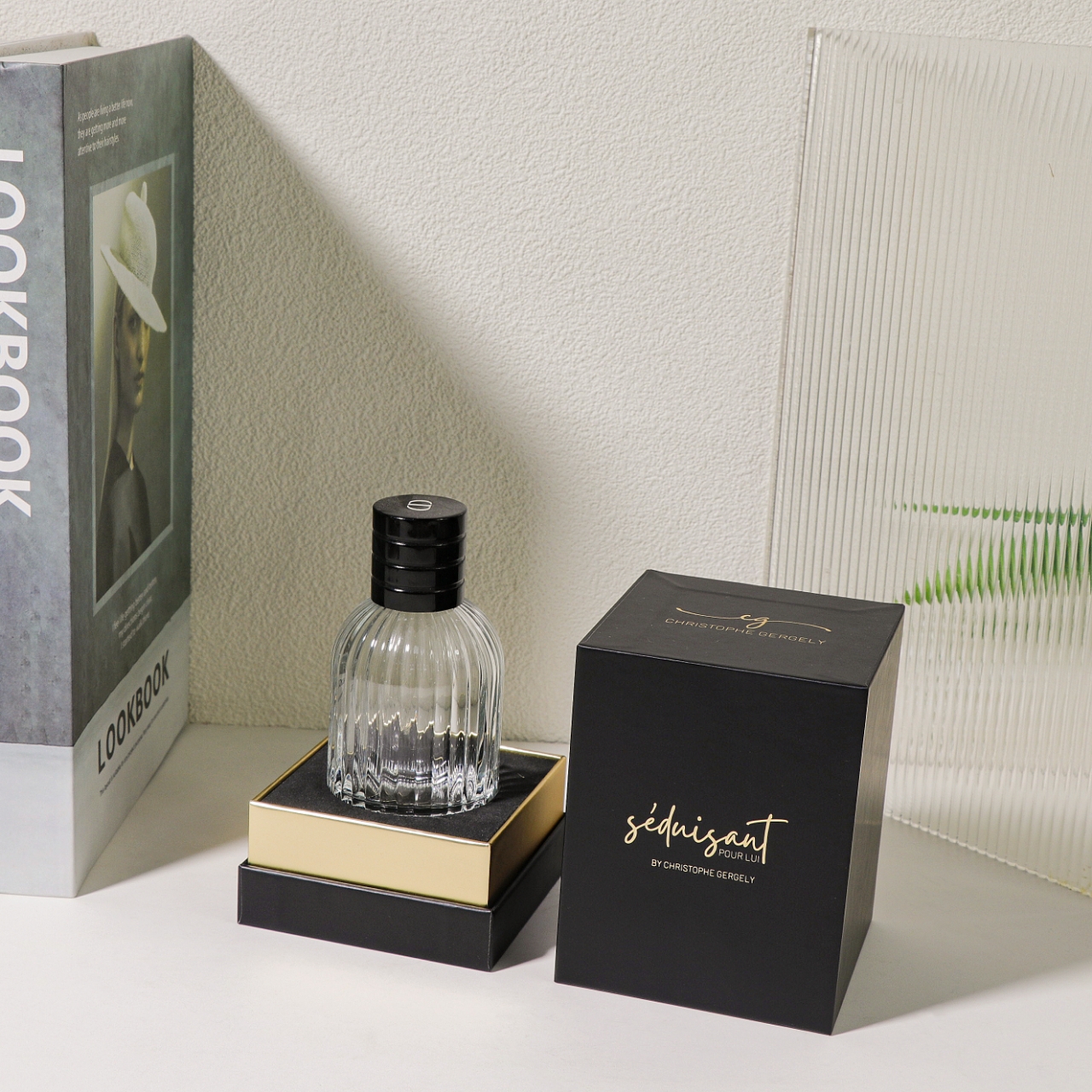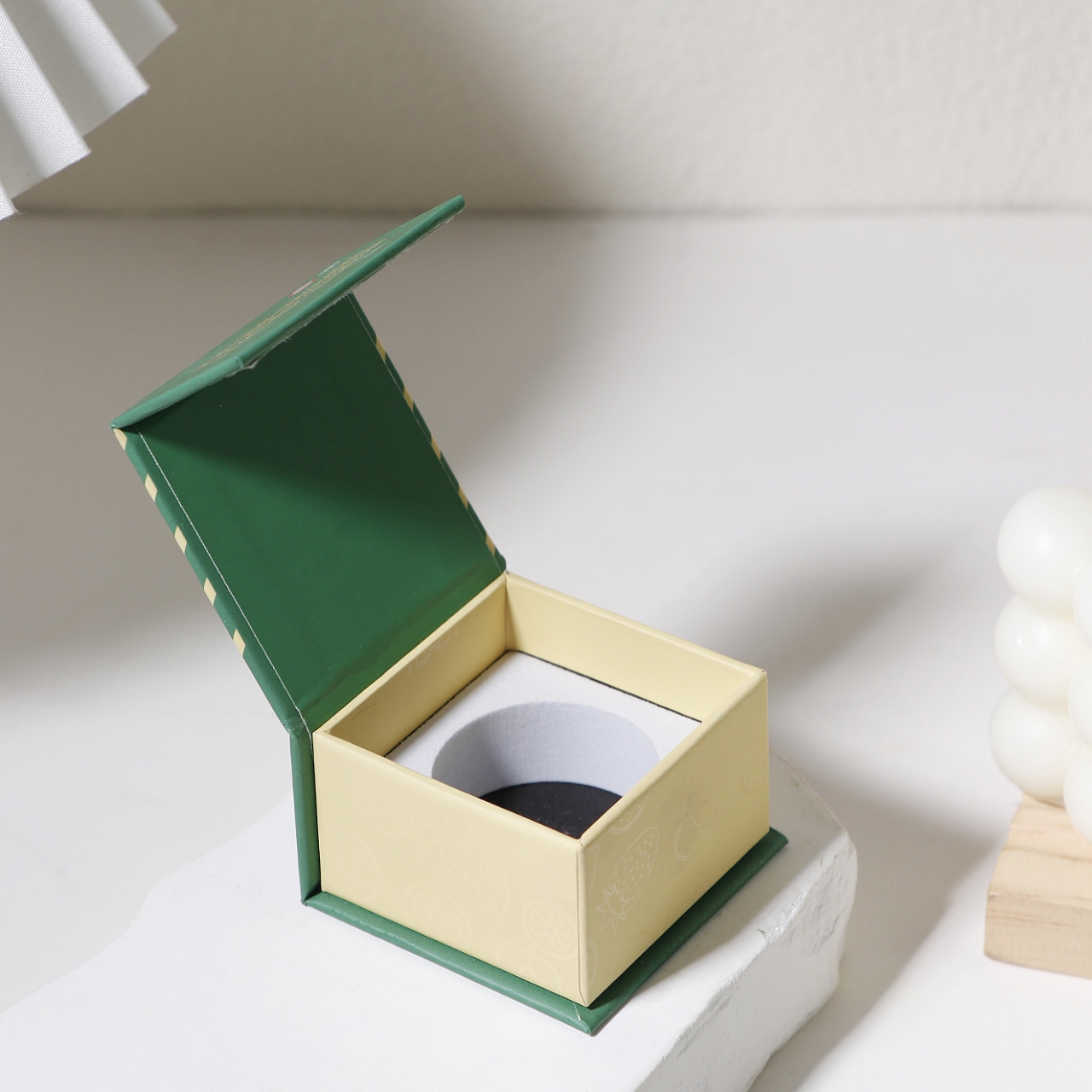Introduction
Businesses progressively utilize tailored food boxes as specialized packaging solutions. These containers are crafted for food. They make it possible for business to intensify brand name acknowledgment. They additionally use a distinctive, individualized consumer experience. Manufacturers design these brand name food boxes for applications like takeaway solutions, food delivery, and retail product screens. The layout procedure tailors them to certain food products and varied brand name aesthetic appeals, typically including environmentally friendly food boxes principles.
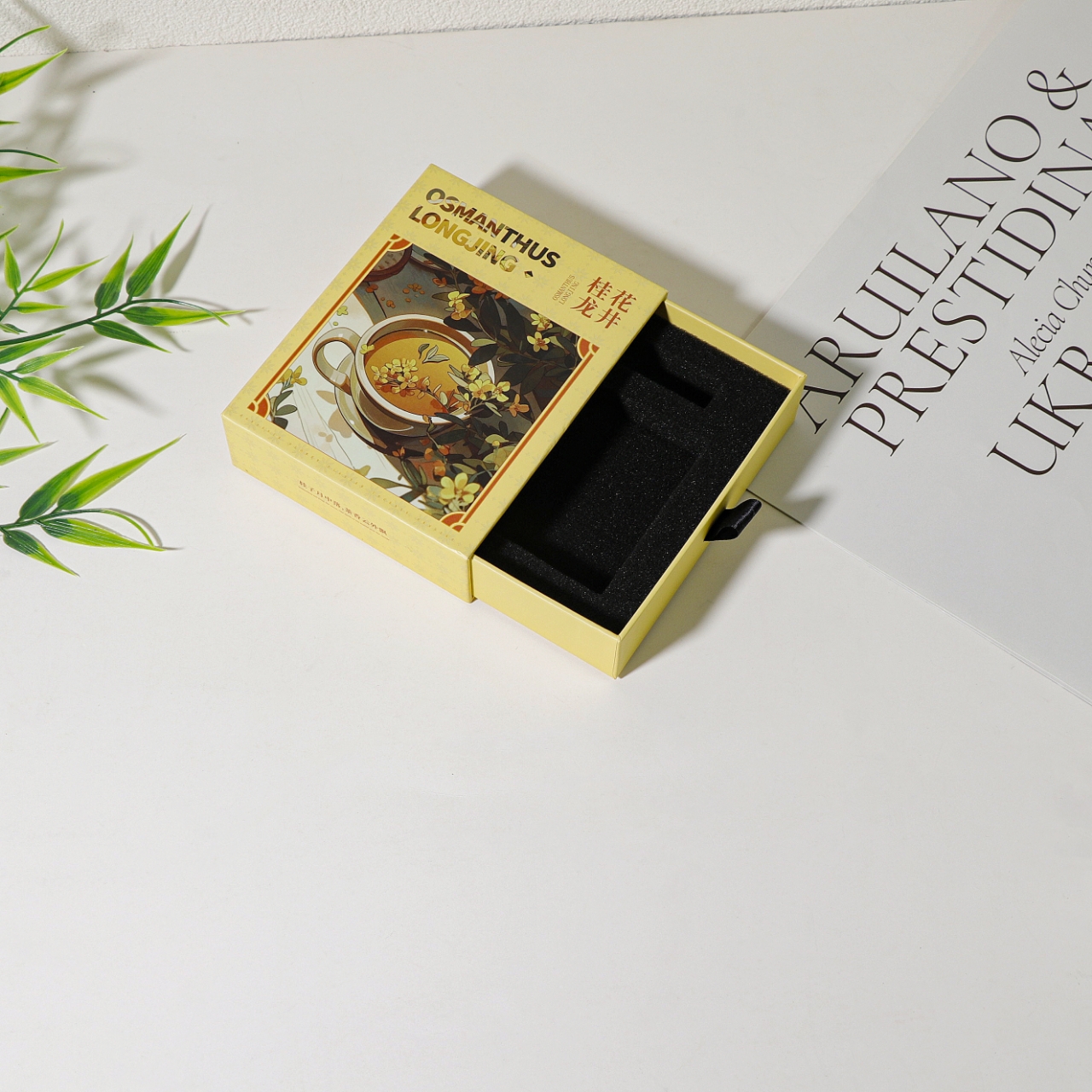
1. Strategic Branding through Layout
Customized product packaging provides a direct medium for brand name interaction. Companies leverage brand food boxes to plainly present logo designs, incorporate particular brand shade palettes, and incorporate distinct graphic elements. This visual consistency strengthens brand identity. It additionally helps set apart items in an affordable industry. Effective layout changes package from a simple container right into a potent advertising instrument.
2. Guaranteeing Product Honesty via Structural Style
A primary function of personalized food boxes involves protecting food stability. Engineers make these boxes to maintain the safety and quality of components throughout transit and storage. The architectural layout considers elements like load-bearing capability, crush resistance, and insulation buildings. This safeguards food products from physical damage and temperature level variations, making certain quality upon arrival.
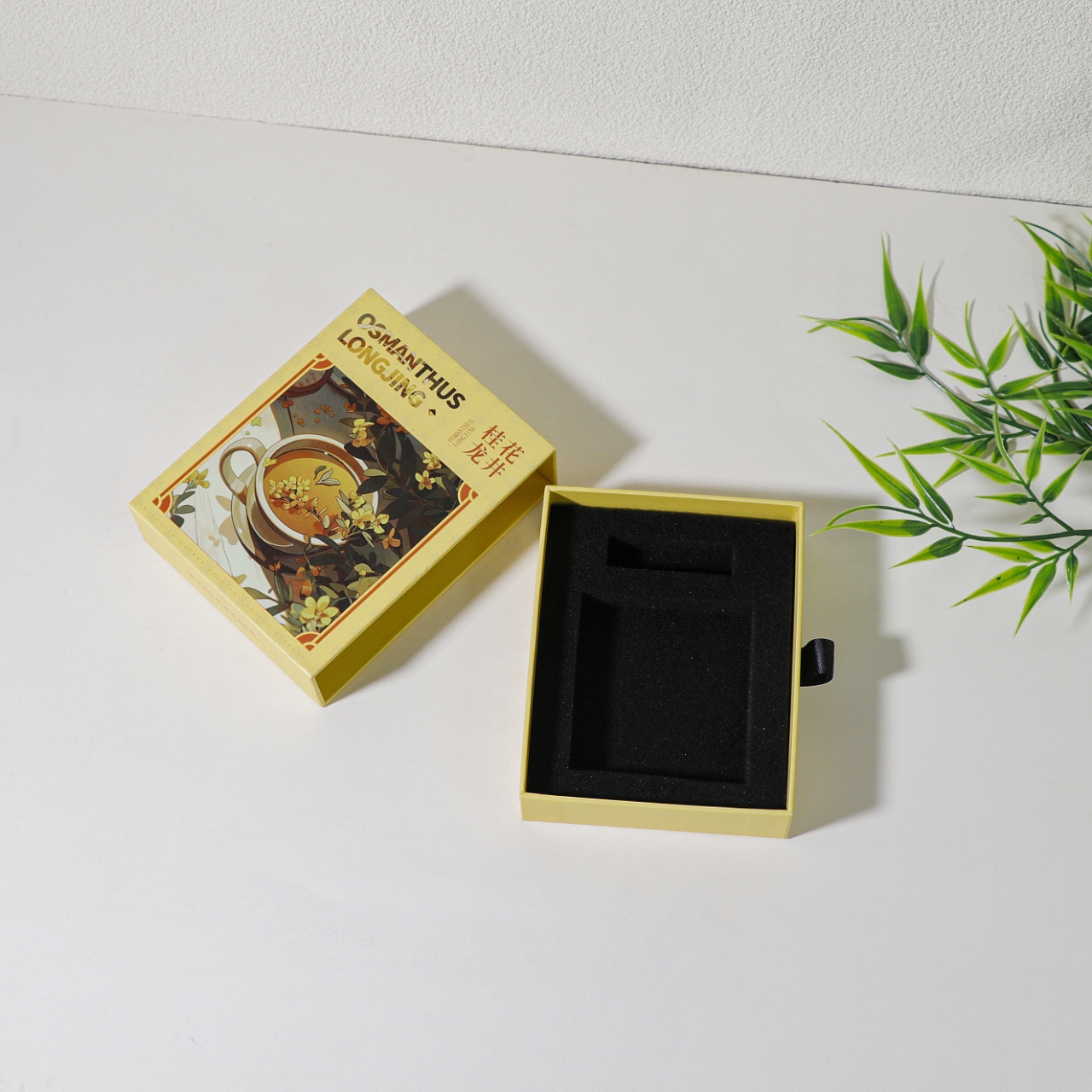
3. Material Science in Food Packaging
The choice of products is essential in manufacturing personalized food boxes . A series of options exists, each offering unique buildings. Typical options consist of various grades of cardboard, durable paperboard, and cutting-edge naturally degradable plastics. Material option directly affects product security, print top quality, and the ecological footprint of the product packaging. Increasingly, the focus shifts towards eco-friendly food boxes utilizing lasting and renewable energies.
4. Material Contrast for Personalized Food Boxes
| Material Type | Trick Characteristic | Eco-Friendliness | Common Applications |
|---|---|---|---|
| Cardboard (Strong Blonde Sulfate – SBS) | Smooth, exceptional print surface, good stamina | Recyclable, usually from virgin pulp | Premium food, bakery, cosmetics |
| Paperboard (Kraft) | Strong, tear-resistant, natural appearance | Recyclable, frequently recycled web content | Takeaway, general food items, dry goods |
| Corrugated Board | Light-weight, high strength-to-weight, supporting | Recyclable, high recycled content | Pizza boxes, shipping, mass food products |
| Naturally degradable Plastics (e.g., PLA) | Compostable under industrial conditions, clear | Compostable, renewable energies | Cold food containers, salad boxes, mugs |
| Molded Pulp | Satisfies shapes, shock-absorbent | Recyclable, eco-friendly, compostable | Egg cartons, consume alcohol service providers, produce trays |

5. Tailored Functionality: Customization Options
The convenience of personalized food boxes stems from extensive customization opportunities. Businesses select attributes based upon item requirements and customer ease. Alternatives include tuck-end closures for very easy setting up, hinged lids for secure accessibility, and foldable styles for space-efficient storage space. Inserts, divider panels, and windows better enhance capability, accommodating particular food types like pastries, dishes, or drinks.
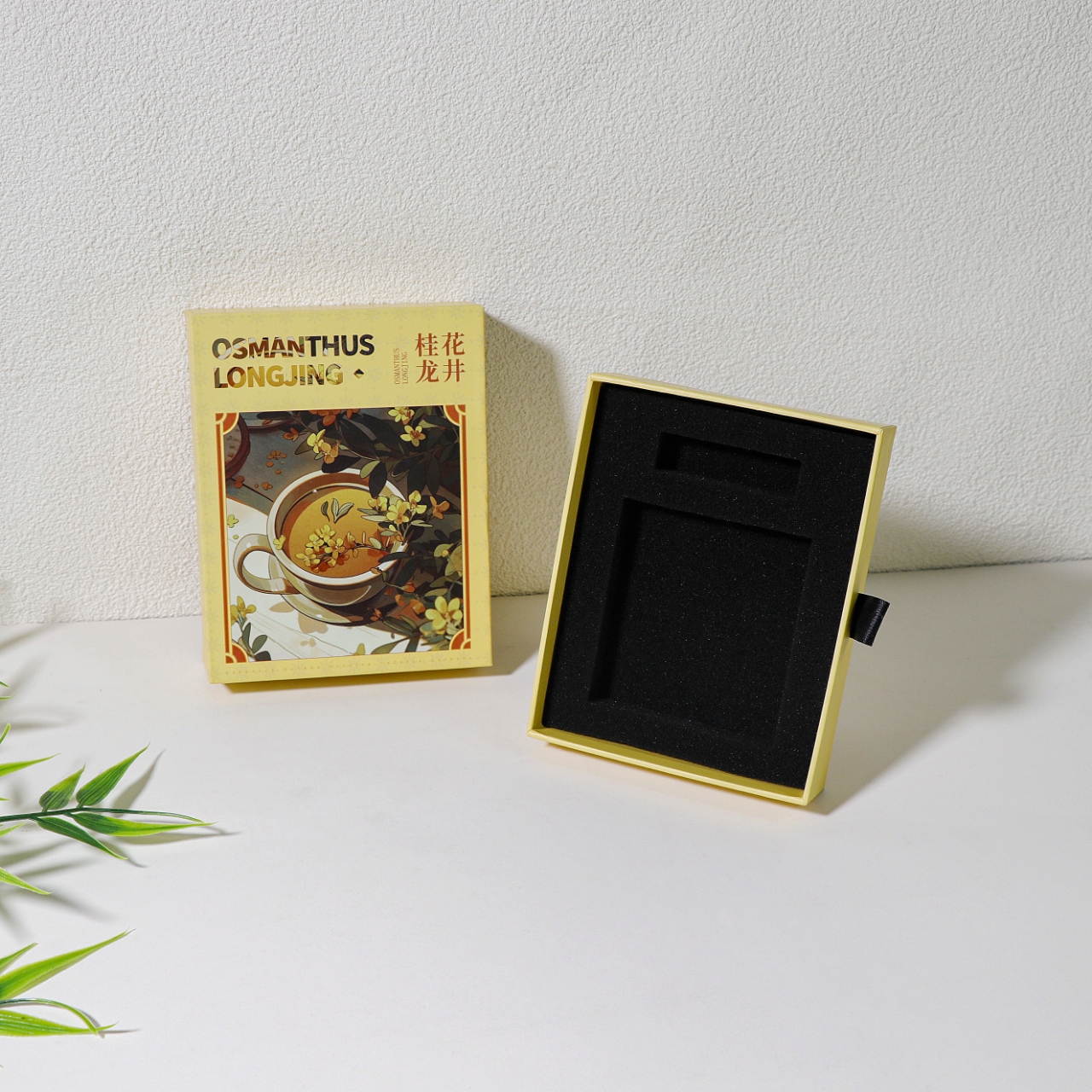
6. The Technological Edge in Custom-made Box Production
Modern manufacturing strategies considerably boost the production of tailored food boxes . Computer-Aided Design (CAD) software application permits exact structural engineering and aesthetic prototyping. Digital printing innovations allow high-resolution graphics and variable information printing for brief runs. Automated die-cutting and gluing processes guarantee uniformity and rate in assembly. These technologies empower companies to develop complex and efficient product packaging services with greater effectiveness.
7. The Ascendance of Eco-friendly Food Boxes
Sustainability makes up a substantial chauffeur in modern packaging selections. Lots of providers of personalized food boxes currently prioritize eco-friendly food boxes . This commitment involves using recycled products, employing biodegradable or compostable substratums, and printing with soy-based or water-based inks. These practices minimize the eco-friendly impact of food product packaging, conference consumer demand for responsible remedies.
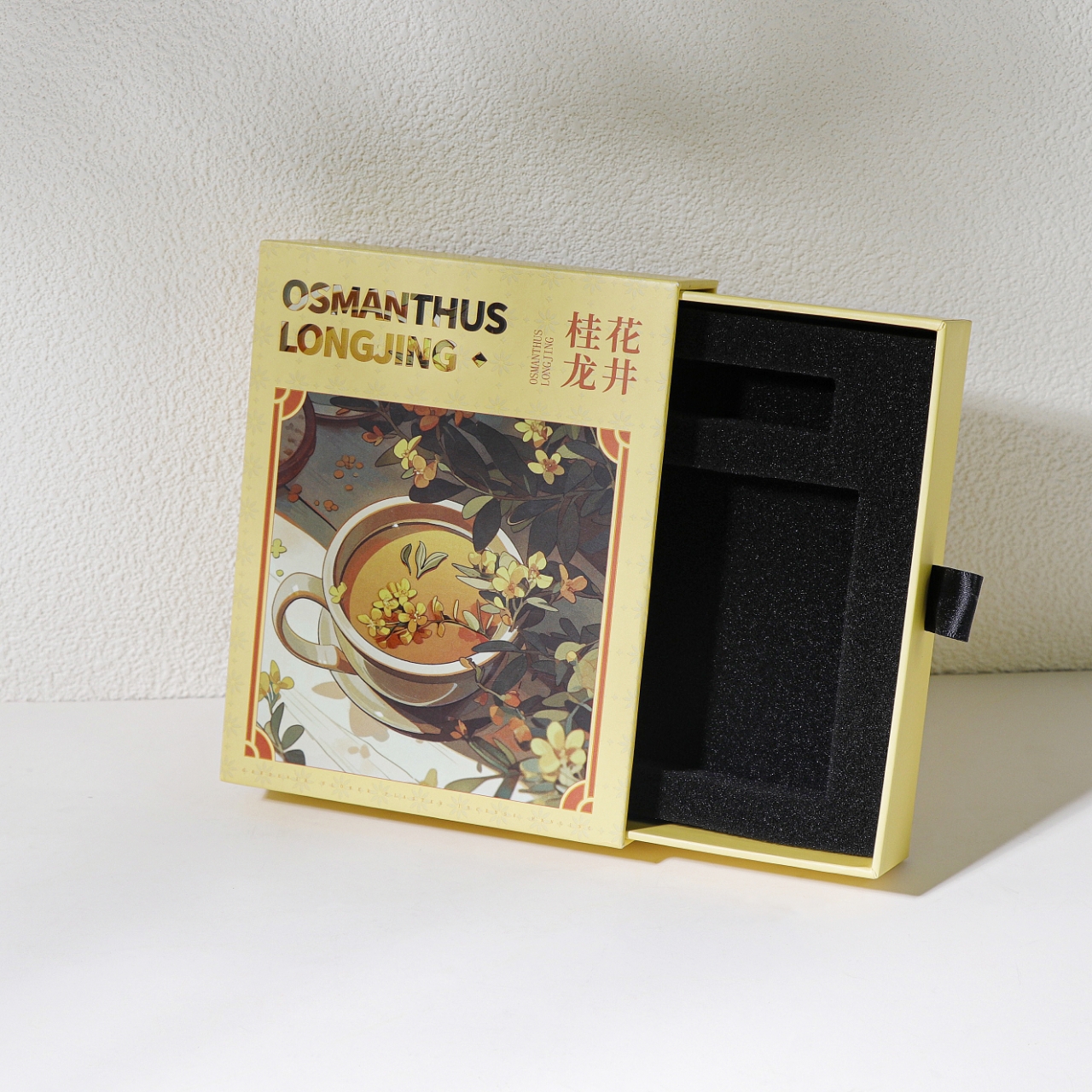
8. Eco-Conscious Choices: Beyond Recycled Products
The advancement of environmentally friendly food boxes expands past easy product recycling. Innovations include lightweighting styles, which reduce the total material made use of per box without compromising structural honesty. Sourcing materials from sensibly managed woodlands (e.g., FSC certified) is one more crucial facet. Moreover, styles that help with much easier consumer recycling or composting contribute to a round economic climate. These advanced considerations demonstrate a much deeper commitment to environmental stewardship in the customized food boxes sector.
9. Elevating Client Involvement and Brand Commitment
Attentively developed brand food boxes can significantly boost the consumer experience. A cosmetically pleasing and useful bundle develops an unforgettable “unboxing” minute. This positive communication can cultivate a more powerful link between the consumer and the brand name. Premium packaging frequently signals product top quality, consequently building count on and encouraging repeat acquisitions, which enhances brand loyalty.
Conclusion
Personalized food boxes stand for a sophisticated merging of layout, product science, and advertising and marketing technique. They use services a powerful tool to safeguard food products, interact brand name identity properly, and enhance consumer interaction. The enhancing adoption of environmentally friendly food boxes even more highlights the industry’s responsiveness to ecological concerns. Ultimately, calculated financial investment in premium brand food boxes supplies a concrete return via enhanced item presentation, consumer complete satisfaction, and brand name distinction.


